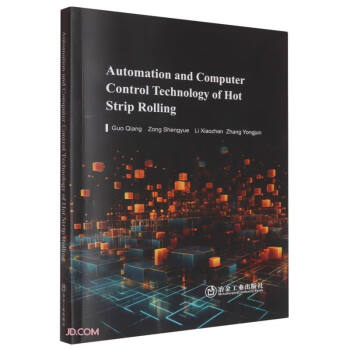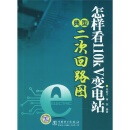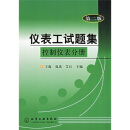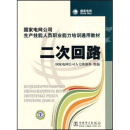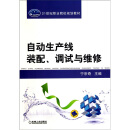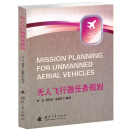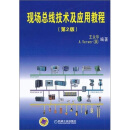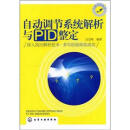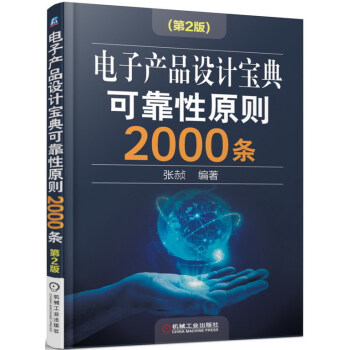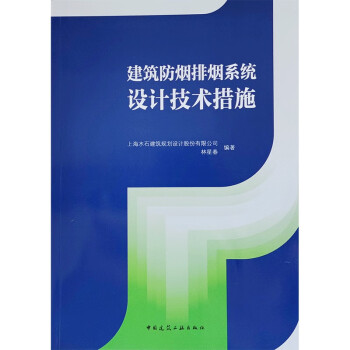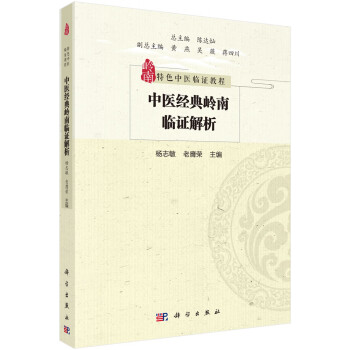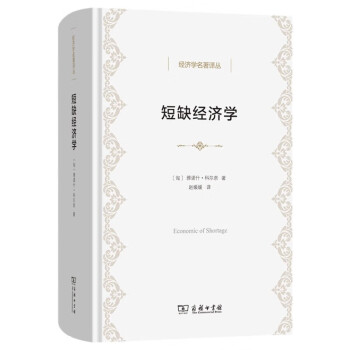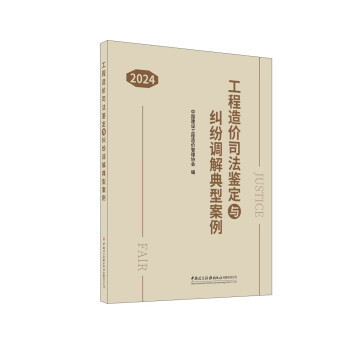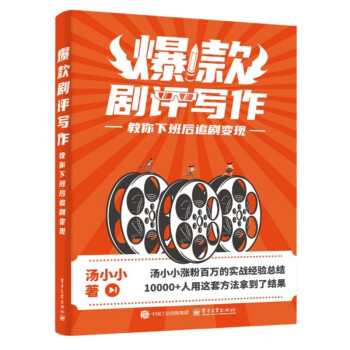内容简介
热轧板带作为钢铁产品的支柱产品在国民经济中其中重要的作用,本书主要介绍与热轧板带生产相关的电气自动化、计算机控制关键技术,包括热轧生产线工艺装备、基础自动化、过程计算机控制、板形控制及电气传动系统等。不仅深入剖析了相关的理论知识,如各种模型、算法和控制原理,还结合实际的热轧生产线案例进行分析和讲解,使读者能够更好地理解理论知识在实际生产中的应用。本书可供从事冶金自动化技术的科研、设计、生产技术人员使用,也可作为大专院校相关专业师生的参考用书。
目录
Chapter 1 Production Equipment and Process of Hot Rolling
1.1 Introduction to the production process of hot rolled strip
1.1.1 Development of hot rolling production abroad
1.1.2 Development of hot rolling production in China
1.1.3 Layout of strip hot - rolling workshop and rolling mill
1.2 Main equipment for hot - rolled strip production
1.2.1 Main features of equipment used in the newly built conventional hot rolling mill for wide strip
1.2.2 Heating furnace equipment
1.2.3 Rough rolling area equipment
1.2.4 Finishing rolling area equipment
1.2.5 Laminar cooling device and coiling equipment
1.3 Common detection instrument for hot rolling production line
1.3.1 Infrared pyrometer
1.3.2 Width gauge
1.3.3 Rolling force load cell
1.3.4 Multifunctional instrument
1.3.5 Strip flatness measurement instrument
1.3.6 Online surface detection device for strip
References
Chapter 2 Composition of Electrical Automation System for Hot Rolling Mill
2.1 Structure and function of hot strip rolling control system
2.1.1 The structure of control system
2.1.2 Control system features
2.1.3 Functions of the control system
2.1.4 Automation control system configuration
2.2 Automation control system hardware
2.2.1 Hardware and software of process control level system
2.2.2 Hardware and software of basic automation level
2.3 Automation system communication
2.3.1 Main features of basic automation level communication
2.3.2 Communication based on serial interface
2.3.3 Ethernet - based communication
2.3.4 Fieldbus - based communication
2.3.5 Ultra - high - speed communication network
2.4 Human machine interface (HMI)
2.4.1 Basic functions of HMI
2.4.2 Composition and form of HMI
2.4.3 Configuration software for HMI
References
Chapter 3 Theoretical Basis of Hot Strip Rolling Model
3.1 Rolling deformation zone theory
3.1.1 Deformation zone geometric parameters
3.1.2 Bite conditions
3.1.3 Deformation degree and deformation speed
3.1.4 Neutral angle, forward slip and backward slip
3.1.5 Width spread of rolled product
3.1.6 Stress state in deformation zone
3.2 Basics of heat transfer
3.2.1 Radiation heat transfer
3.2.2 Heat conduction
3.2.3 Convection heat transfer
3.3 Modeling and computational methods
3.3.1 Overview
3.3.2 Regression analysis
3.3.3 Interpolation algorithm
3.3.4 Finite difference method
3.3.5 Neural networks
3.4 Data mining technology
3.4.1 Cluster analysis
3.4.2 Decision tree
3.4.3 Association rules
3.5 Model self - learning method
3.5.1 Growing memory recursive least squares method
3.5.2 Exponential smoothing
3.5.3 Model short - term and long - term self - learning
References
Chapter 4 Rolling Model and Schedule Calculation
4.1 Rolling force model
4.1.1 Horizontal projection length of contact arc
4.1.2 External friction stress state coefficient
4.1.3 Tension influence coefficient
4.1.4 Deformation resistance calculation
4.2 Rolling torque and power model
4.2.1 Calculation of rolling torque
4.2.2 Calculation of motor power
4.3 Rolling schedule calculation
4.3.1 Rolling strategy
4.3.2 Load distribution
4.3.3 Pre - calculation of schedules
4.3.4 Roughing pass correction
4.3.5 Finishing rolling entry correction
4.3.6 Post - calculation and self - learning
References
Chapter 5 Temperature Model and Control
5.1 Overview
5.2 Temperature model
5.2.1 Temperature drop during roller table transport
5.2.2 High pressure water descaling


